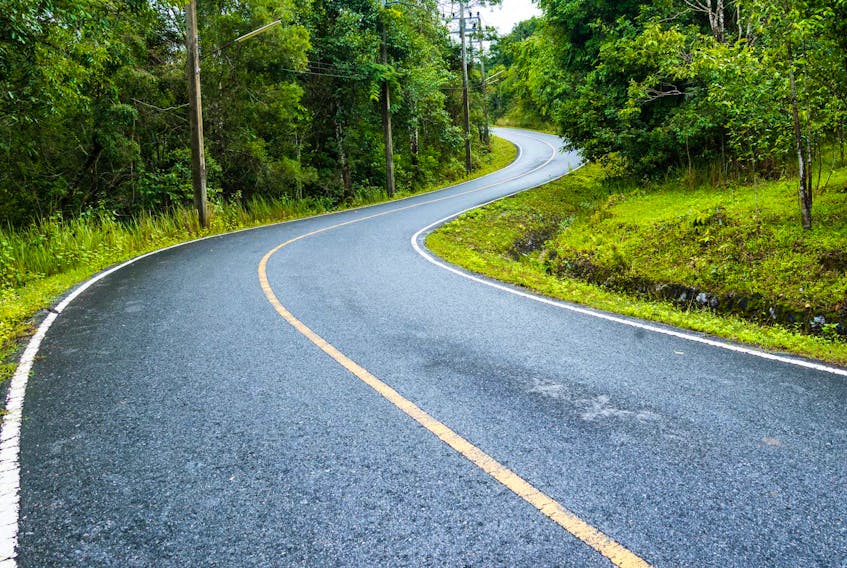It’s that time of year when many city dwellers head for the hills, lakes and shores. What awaits might surprise the driver who is used to the hustle and bustle of the city where traffic is controlled by a myriad of signs, signals and markings.
Out there in the rural world there is a lot more real estate, much of it bereft of traffic controls. Heck, there isn’t even much traffic — unless it’s summer and the folks from the city are prowling around.
There are two main differences about rural driving — pace and conditions. Drivers who live and work in rural areas generally operate at a different pace than those in the city.
They aren’t governed as much by the clock, traffic and commuter systems as they are by the need to get things done — they often rise earlier and may call it a day later. But as much of the work may be physical, they generally pace themselves and that might include driving more slowly on secondary roads.
They don’t work in crowded areas, congregate for lunch or share commuter rides. So when they run across friends and neighbours they take the opportunity to stop and catch up. It is just this more relaxed outlook and way of life many city dwellers envy — yet forget when they are visiting.
Once you leave primary, limited-access roads, reset your internal clock to a slower pace. Not only are you likely to run into folks travelling at a reduced speed, they are probably staying within the limits.
This silly notion of obeying posted speed limits is quite foreign to your average city dweller — but still much in vogue in rural areas. In addition, frequent stops are common, often where there are no stop signs.
Once again, an unfamiliar trait for some. And of course, let’s not forget those other tourists or visitors, some of whom came to enjoy the scenery. Many of them are either driving in unfamiliar territory, or in rented or recreational vehicles. They are also likely to be paying less attention to their driving and more to the scenery.
Another factor to keep in mind when travelling through rural areas are the roads themselves. They are almost exclusively two lanes, but also likely to contain sharper corners and steeper hills.
Rural roads are darker at night and often flanked by drainage ditches on both sides with little shoulder room. Railway crossings may not be as well signed. Trees, bushes and crops may block your view on narrow, winding roads. The variety alone is worthy of consideration not only in terms of composition (concrete, pavement, gravel, sand), but also with reference to condition.
Rural roads commonly run between different jurisdictions with different budgets and maintenance schedules. You can be driving on a well-maintained smooth surface only to see it change in a matter of metres to a pot-holed, uneven mess as it passes into another community — where the tax money is being spent elsewhere, or the local politician is not worried about re-election.
And let’s not forget the preponderance of heavy vehicles ranging from tractors and farm implements to heavily-laden trucks and other vehicles shuttling between sites.
Not only are these vehicles travelling more slowly, they are also slow to get up to speed after pulling unto the road. There are fewer passing spots and they probably have dragged some dirt or mud unto the paved road — making the surface not only slippery but also likely to be dusty in dry conditions or muddy and slippery and thrown unto your windshield when wet. All of these factors require special consideration.
Animals — wild and domestic — are a common scene and they often don’t know it’s tourist season and the approaching vehicle is unaware of their habits. It is also not uncommon to find foreign objects on the road including branches, leaves, and fallen rocks.
The local road maintenance crew has more area to cover and probably a variety of jobs — this being only one of them.
Driving in unfamiliar areas requires more attention and less speed.
Enjoy the view!









